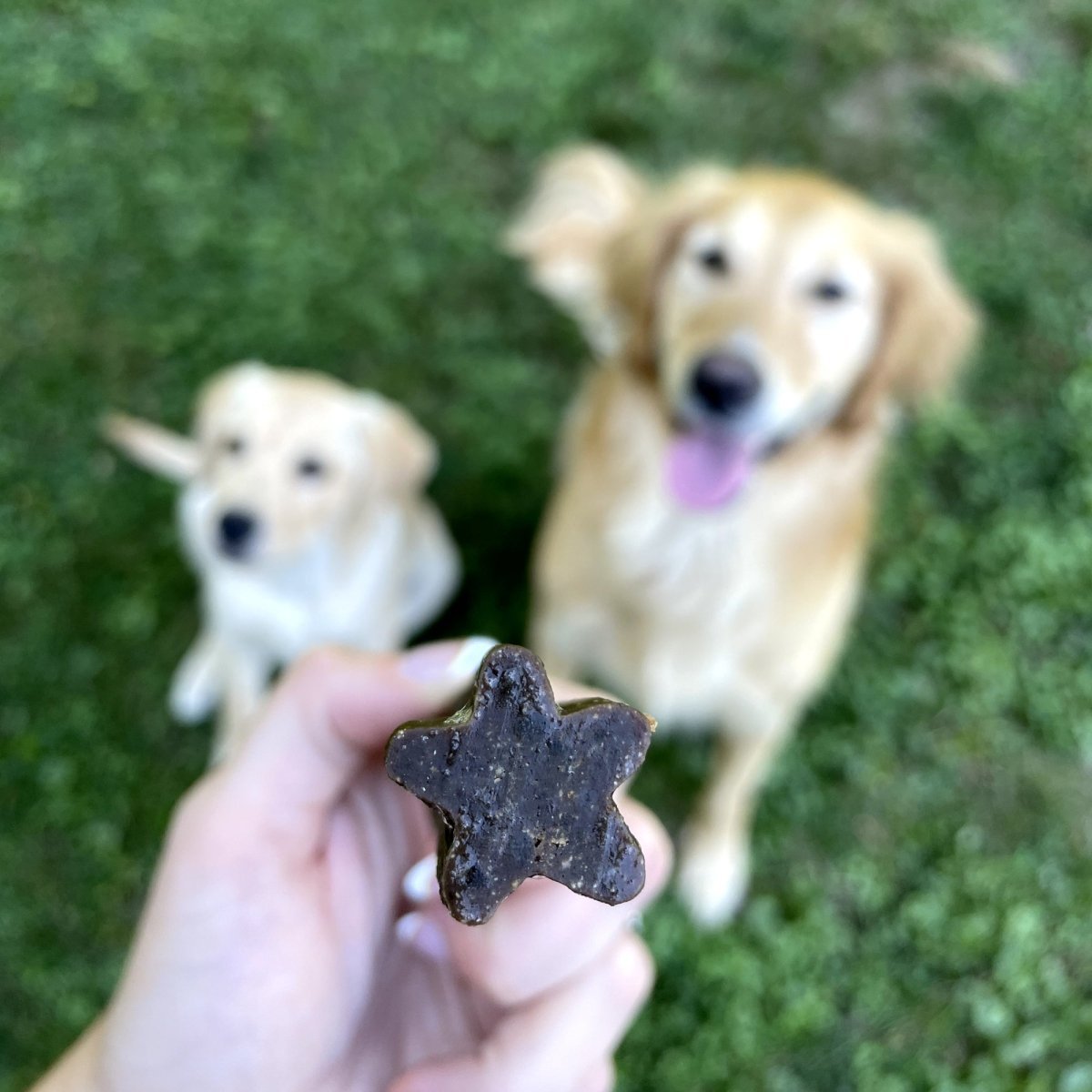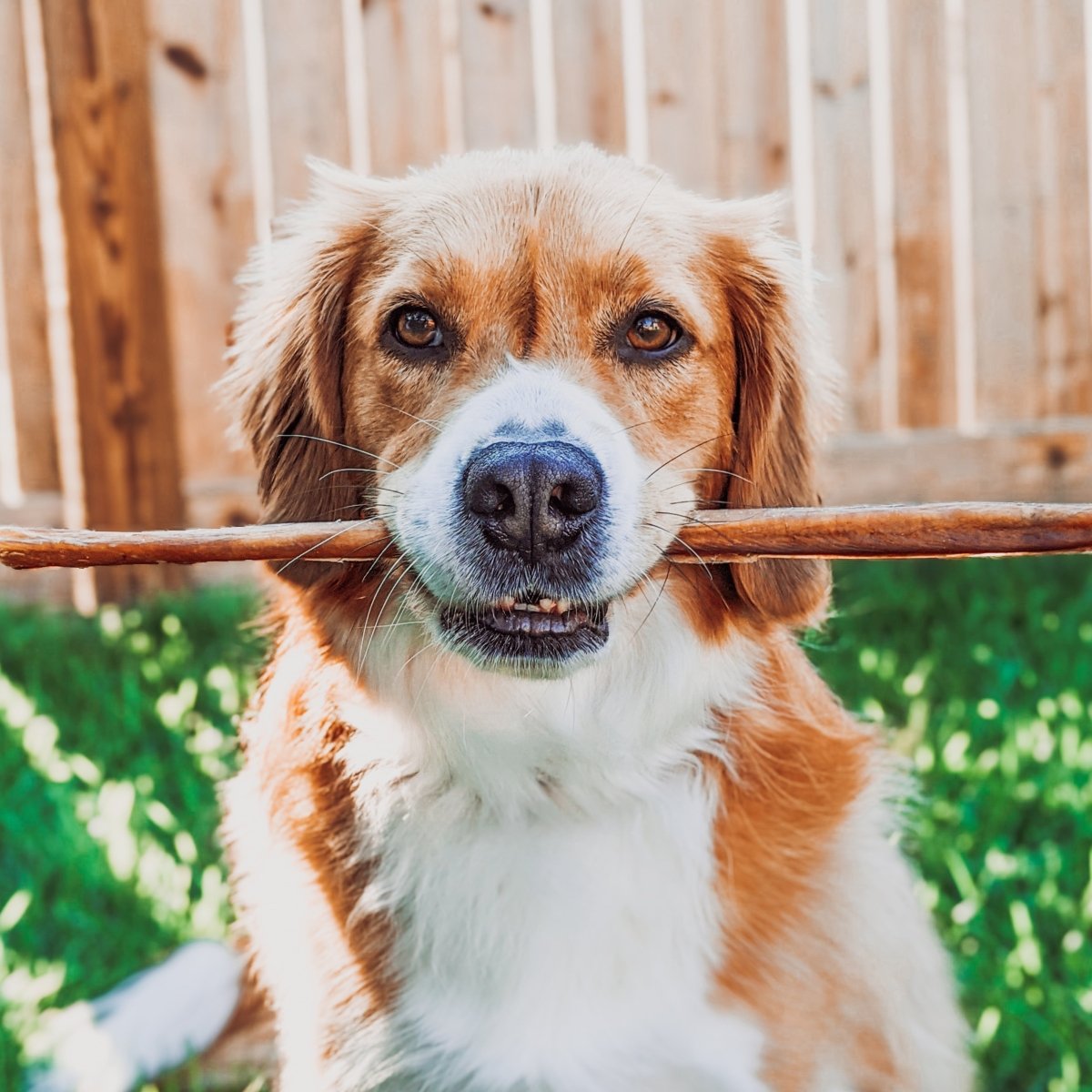
As pet owners, we know our dogs best. After all, we’re the ones walking them, feeding them, and getting comfy on the couch with them. But what if there is a level of communication we are missing with our pets? A way to communicate trust, anxiety, or a desire to play? By understanding dog body language, pet owners can better connect with their furry friends. As it turns out, communicating with your dog using body language is easy to do.
Understanding Dog Body Language
According to the ASPCA, there are a number of signs our pups give that often go unnoticed. To better communicate with your pet, it’s important to understand what their body language means.
Nose or lip licks
If you’re reaching for a bag of treats and your dog starts licking his lips, it’s probably just because he’s eager for his favorite snack. But dogs frequently lick their lips and nose for a different reason. In situations separate from food, a dog licking his lips is usually trying to calm himself. Lip or nose licking indicates that your pup is nervous but working to relax.
Bowing
You’re probably used to seeing your dog spread his paws in front of him, lowering his chest while raising his behind. This stance signals your dog’s eagerness to play. A bowing dog is feeling upbeat and comfortable.
Pawing
There’s something sweet about a dog who taps his owner using his paw, almost like he’s extending a handshake or prod. And that’s exactly what pawing means for your pup. By tapping you with his paw, your dog is signaling connection with you and his desire for attention. This is a sign of friendship.
Wiggling
Some dogs just can’t seem to sit still. And when your pup starts wiggling his rear, it means he’s feeling playful. It may also mean he’s eager for a scratch.
Tail between legs
Perhaps the most commonly understood dog body language is the tail tuck. A dog tucking his tail between his legs signals fear and anxiety. If your pup has his tail lowered in this way, it’s a good idea to assess his environment for potential stressors.
Yawning
Unlike humans, dogs don’t just yawn when they need a boost of oxygen to the brain. They also yawn to signal others (both dogs and humans) to calm down. Reciprocating that yawn can be a signal of trust.
Whale eye
Dogs eyes are built differently than ours, so the whites of their eyes usually don’t show. Visible eye whites are known as whale eye. When your dog is feeling highly anxious or aggressive, he may look at whatever is stressing him without turning his head. When this happens, the whites of his eyes show and indicate his stress.
Hugging
To humans, a hug signals warmth and connection. For dogs, however, hugs are associated with fighting. When your pup is in play mode, it’s a good idea to avoid hugging him. Such actions may prompt a dog to go into fight mode.
What You Can Do
Once you’ve interpreted how your dog is feeling in any given situation, you can use dog body language to help regulate their mood. Here are some suggestions for ways to communicate with a dog depending on the body signals he shows you.
If a dog seems anxious:
Don’t lean or loom over your dog, as this may intimidate them. Just imagine if a big, powerful giant starting looming over you!
Greet an anxious dog in a non-threatening way they’ll understand. Instead of touching them without introducing yourself, extend your hand to the dog, palm facing down. Let the anxious dog give you a good sniff before you start petting them.
If a dog seems especially on edge, show them you’re not a threat by turning your head away, averting your eyes, and moving slowly toward them. Eye contact tells pups that you’re aggressive and in control, which is something to avoid when first interacting with an anxious pooch.
Reciprocating their body language
Another great way to communicate with your dog is to reciprocate the body signals they’re showing you. If your dog yawns, you can yawn, too, to indicate your connection with them. And if your dog is acting up, you can yawn to encourage them to calm down. Reciprocating this action tells your pup that you’re trustworthy and paying attention.
In addition, reciprocating an action like pawing tells your dog that you want to play, too. By staying attentive to these cues and avoiding actions that may be interpreted as aggressive, you can vastly improve how you communicate with your dog.
—
Want more care tips for your pup? Visit our Blog. And for great deals on treats your pup will love, visit the Best Bully Sticks website.
Comments will be approved before showing up.

Dental chews keep plaque in check and gums strong. Read here to learn about nature's toothbrush!

Single-ingredient dog chews and treats are crafted using only one whole food source!

Check out our guide on different types of chews to help you decide on the best chew for your dog!